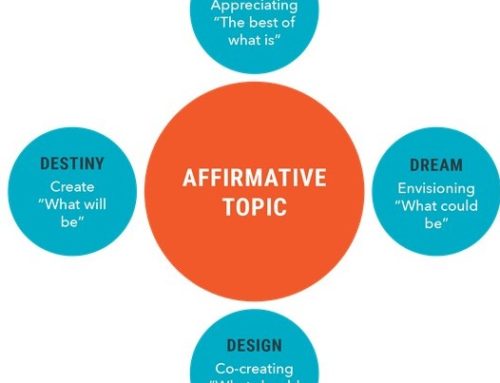I like my orange-flavored La Croix and blueberry Bai drink around 2:00 p.m. in my Bengals tumbler with ice (crushed, not cubed), with some mini pretzels on the side. It’s just what I need to plow through what would otherwise be drowsy afternoon hours and get some serious work done.
It makes me feel creative.
It makes me feel confident about the work I’m producing.
It makes me feel happy (…and sometimes feeling “happy” goes a long way).
At initial glance, it appears to just be some liquid, a cup, and a snack. But no – it’s so much more. It’s an EXPERIENCE, and an experience that actually alters my behaviors, attitude and output.
I’m sure everyone can think of a similar experience that makes you feel a certain way – maybe it’s that first sip of coffee in the morning, that brand new “A Game” outfit you put on to knock your sales presentation out of the park, or maybe it’s the tranquility of your favorite cocktail glass in front of the fire at the end of a long day.
Consumer Experience
We invest a lot into the experience consumers have with our products and services. There are entire marketing strategies designed around it, product and brand managers focused on it every single day (and who’s bonus depends on it!), and researchers continuously testing to measure effectiveness and resulting consumer behavior.
Why? Because the way something makes us feel alters our behaviors, attitude and output. This includes decisions we make about the products and services we choose to engage with.
Employee Experience
Let’s switch gears now and think about the employee experience inside your organization’s four walls (or multitude of continents, virtual platforms, or in whatever form your organization exists). What have you invested internally to support a positive employee experience? Have you developed a strategy (what kind of experience do you want to create)? Do you have a team and budget to execute on the strategy? Who are your “researchers” and what metrics do you have in place?
Being intentional about proactively creating the experience your employees have while working for you will result in the behaviors, attitudes and output you desire from your team. After all, our employees – just like our consumers – are human. The way they feel at any moment in time affects their behavior.
So how can you make sure your team is feeling the way you want them to? Follow these five steps:
- Identify how you want your employees to feel at work. Every organization is different, so define what’s right for you based on the needs of your business strategy.
- Audit current versus desired feelings to identify where there are gaps (this can be done a number of ways – via survey, focus groups, observations, interviews, etc.).
- Develop a plan to create an employee experience that yields the desired feelings you’ve identified in Step 1, now being informed of the gaps via Step 2. Consider elements such as: physical office environment; levels of autonomy and flexibility; core values; leadership and management behaviors; and continuous learning/professional development.
- Identify the resources (material, people, and financial) needed to support the plan.
- Execute the plan, measure regularly and tweak as needed.
Be Intentional
Don’t just let the experience “happen.” Just like you do with your customers, be intentional about creating the type of employee experience that is going to foster high levels of engagement, collaboration, innovation, loyalty, and ultimately performance and results. Otherwise, you can throw your best consumer experience strategy out the window! It starts at home.





